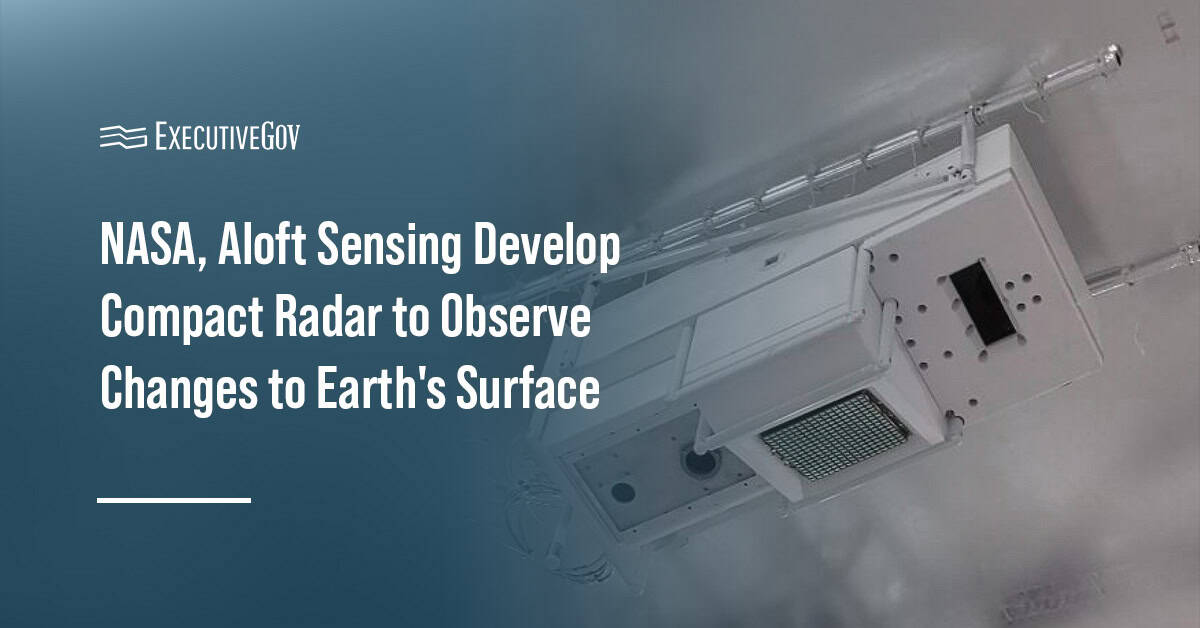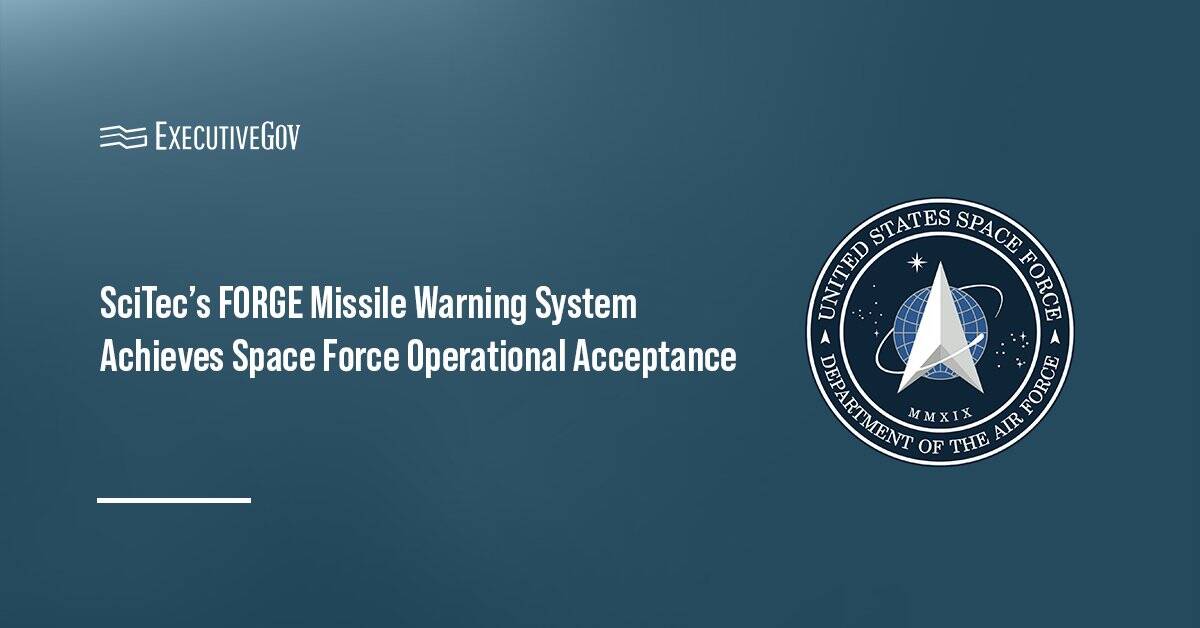NASA and Aloft Sensing have developed a compact radar system designed to detect and observe ground deformation, topography, vegetation and other minute changes to Earth’s surface.
The space agency said Tuesday the radar instrument uses high-altitude, long-endurance—or HALE—vehicles equipped with Interferometric Synthetic Aperture Radar, or InSAR, to help researchers measure and observe dynamic Earth systems.
Table of Contents
Advancing HALE InSAR Through NASA ESTO Funding
Funded by NASA’s Earth Science Technology Office, or ESTO, the compact radar instrument called HALE InSAR features a flat phased array antenna, which eliminates the need for gimbles and other heavy components by enabling users to steer the radar beam electronically.
“This technology has been critically enabled by ESTO, and the benefit to science and civil applications is huge,” said Lauren Wye, CEO of Aloft Sensing and principal investigator for HALE InSAR.
“It also exemplifies the dual-use potential enabled by NASA-funded research. We are seeing significant military interest in this capability now that it is reaching maturity. As a small business, we need this hand-in-hand approach to be able to succeed,” added Wye.
HALE InSAR weighs less than 15 pounds and uses advanced positioning algorithms. It can reportedly locate itself without GPS, making it ideal for missions in GPS-denied environments.
Aloft Sensing’s Plans for HALE InSAR
Aloft Sensing has demonstrated the radar aboard an airship at 65,000 feet and small stratospheric balloons.
The company will use a fixed-wing HALE aircraft to test the instrument, which could be integrated into a small satellite in low Earth orbit.
“All of the design features that we’ve built into the instrument are starting to showcase themselves and highlight why this payload in particular is distinct from what other small radars might be looking to achieve,” said Wye.





